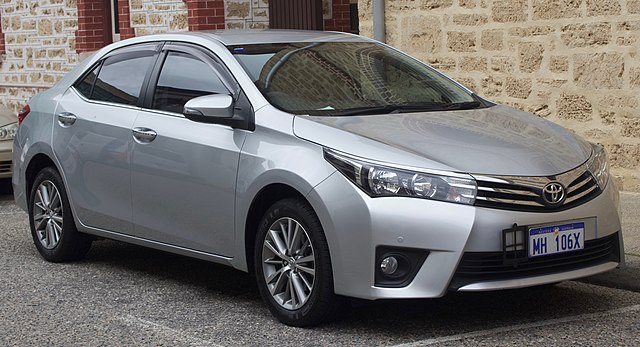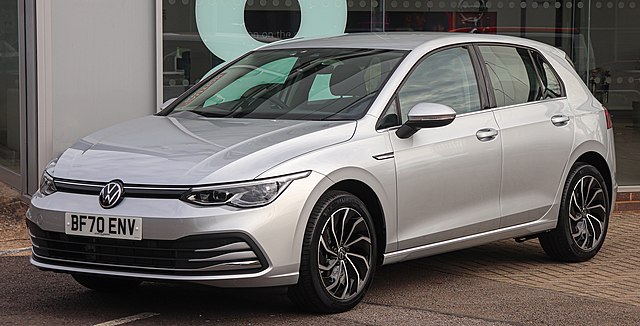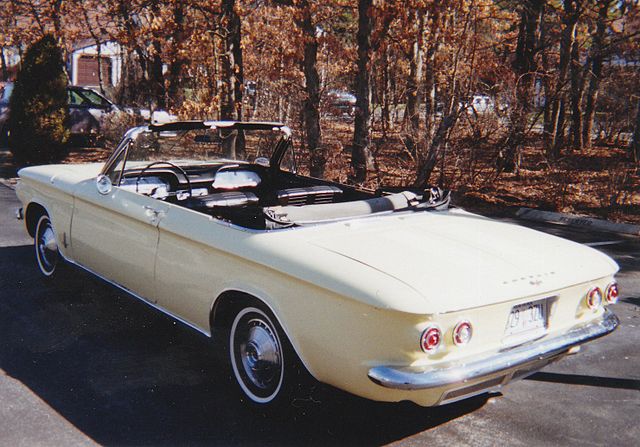Compact sport utility vehicle
A compact sport utility vehicle or compact SUV is a class of small sport utility vehicles that is larger than mini SUVs, but smaller than mid-size SUVs. However, there is no official definition of the size or dimensions for this market segment. Moreover, some manufacturers have marketed the same model name on different sized vehicles over time. The most common distinction between versions of crossover automobiles and compact-sized SUVs is that the first is based on a car-based unibody platform, while an SUV uses the unibody with welded-in ladder frame or body-on-frame chassis commonly used on trucks. However, manufacturers and common usage has blurred the two terms. Many recent vehicles labelled as compact SUVs are technically compact crossovers and are built on the platform of a compact/C-segment passenger car, while some models may be based on a mid-size car (D-segment) or a B-segment platform.
Suzuki Escudo/Vitara 4-door (1998–2005)
A two-door Chevrolet S-10 Blazer
A two-door Ford Bronco II
Jeep Cherokee (XJ), the first purpose-designed unibody compact SUV with 4-doors
Compact car is a vehicle size class—predominantly used in North America—that sits between subcompact cars and mid-size cars. "Small family car" is a British term and a part of the C-segment in the European car classification. However, before the downsizing of the United States car industry in the 1970s and 1980s, larger vehicles with wheelbases up to 110 in (2.79 m) were considered "compact cars" in the United States.
Toyota Corolla (1966–present)
Volkswagen Golf (1974–present)
1952 Nash Rambler 2-door station wagon used until 1955, began 1950
1964 Chevrolet Corvair Monza 900 convertible, used until 1969, began 1960








